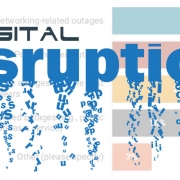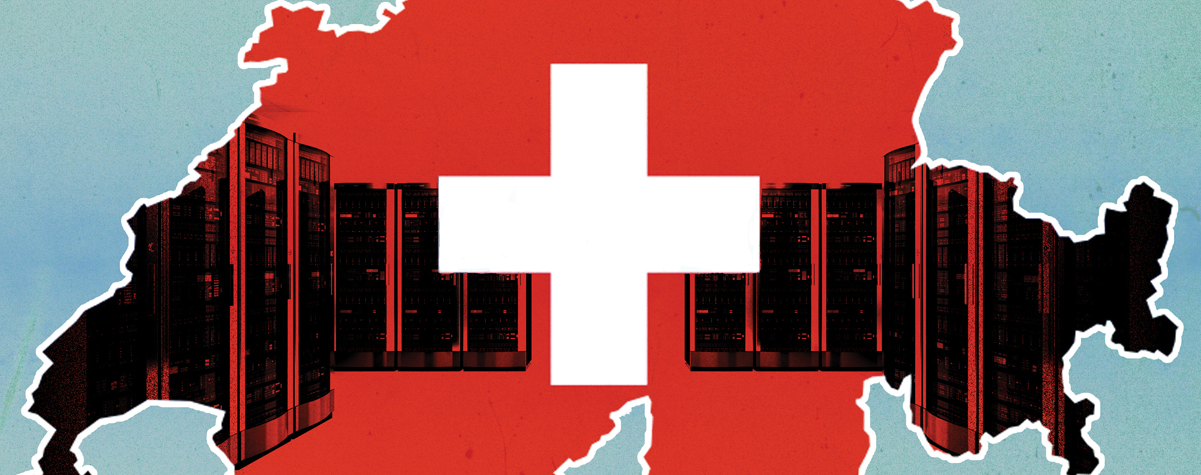COVID-19: Q&A (Part 2): Site Sanitation and Security
Here is Part 2 of our Q&A regarding digital infrastructure considerations during the COVID19 crisis. Keep in mind that we are all handling this crisis in varied ways, and learning from each other along the way. In that process, we really ARE all finding our own “New Normal” and ultimately we will come out of this crisis stronger due to the renewed focus on operational effectiveness, risk avoidance and contingency planning.
As part of our infrastructure community leadership, we are regularly adding new materials, guidance and recommendations to help digital infrastructure owners and operators in these times.
We’ve conducted a number of webinars attended by thousands of listeners where we shared first-hand COVID19 experience. Below is Part 2 of the Q&A responses brought up during these webinars. These questions deal with Site Sanitation and Security. (Part 1 dealt with Staffing, and future published info will focus on Deferred Maintenance, Tier Standard, Remote Working, Supply Chain and Long-Term expectations.
SITE SANITIZATION
Q: If an average of 50 people per day enter the data center, how often is filter change recommended? What parameters do I use to make that change?
A: Under normal operating scenarios, filter changes are typically triggered by an increased pressure differential measured across the filter. As the filter clogs with debris and particulate, pressure drop will increase. As far as operations during COVID-19, there does not appear to be any reasons for a change to the outlook on filter changes, including what should trigger a filter change, based on information currently available on how the virus spreads (although information seems to be changing over time.).
Q: What types of access controls or filters are recommended to implement? Are there air conditioning filters on the market that limit the circulation of viruses in the data center?
A: Currently, it is not believed that filters will play a large part in mitigating spread of the virus in data centers. Some research suggests that high-end filters (for example, high efficiency particulate air filters) are capable of filtering particles the size of COVID-19. However, based on current information on how the virus spreads, it is not generally believed that it spreads in a true airborne manner to the point where it gets in ventilation systems; it spreads via proximity to infected people sneezing, coughing, etc. Data centers are unique in that they have multiple air changes per minute, which is different from other facility types. It is important to note that while filtering could theoretically reduce spread, the National Air Filtration Association does not believe this will happen from a practical perspective.
Q: My concern is that, in a closed-loop environment, if COVID-19 enters the data center, the virus will live and could infect more people.
A: That is an accurate statement. That is also why it is important to take any reasonable steps possible to keep it out of the data center via strong site-access control requirements and checks. It is also why many data center operators are implementing regular disinfecting so that if it is in the data center, spread is mitigated. Uptime Institute is aware that many operators have found specialized data center cleaning companies that are capable of disinfecting sites in accordance with guidelines for this pandemic from the WHO (World Health Organization) and/or the CDC (US Centers for Disease Control and Prevention).
Q: How long can the airborne virus particle last in a data center because it is cold air?
A: According to the WHO: “It is not certain how long the virus that causes COVID-19 survives on surfaces, but it seems to behave like other coronaviruses. Studies suggest that coronaviruses (including preliminary information on the COVID-19 virus) may persist on surfaces for a few hours or up to several days. This may vary under different conditions (e.g., type of surface, temperature or humidity of the environment).” We believe that this is an area that is still being studied. There does not appear to be any consensus, other than there are a number of factors, including temperature and humidity, that can impact this.
Q: Taking into consideration that the virus lasts for an incubation period, would it be possible to bring contamination into the data center?
A: Based on the information presented by the WHO and CDC, it is likely that the virus can be introduced and that there can be contamination in the data center. The most likely vector for transmission is infected individuals who do not know they are infected. Please refer to the WHO, the CDC and/or your local authority for more information.
Q: Is there any type of clothing, masks or gloves that is recommended for access to the data center by customers or suppliers so as not to expose our staff? Is it more feasible for staff to carry this type of PPE or to demand it from the customers or suppliers?
A: The CDC is recommending the N95 mask. Other masks do not seal tightly around the nose and mouth to provide proper protection. To be fully effective it must be fitted properly. Specialists receive training annually on how to properly fit these respirators around the nose, cheeks and chin, ensuring that wearers don’t breathe around the edges of the respirator. When you do that, it turns out that the work of breathing, since you’re going through a very thick material, is harder. You have to work to breathe in and out. All personnel accessing the data center should be wearing PPE in accordance with the current policies related to the COVID-19 pandemic and future similar events.
It is important to note that we are seeing companies implement their pandemic plans, which to a large extent includes limiting site access to customers and employees. The pandemic plans vary between companies, but we are hearing of restrictions being implemented to include the use of masks, gloves, etc., primarily to follow CDC guidelines. Our suggestion is to follow CDC guidelines, as well as follow your approved pandemic plan. Please note that sanitizing methods may be a better thing to focus on than the use of masks. Also, while masks would provide an additional layer of protection, until production of masks ramps up, Uptime Institute is now somewhat cautious about recommending data center owners and operators stock up on masks. The “good” masks are in short supply and should be allocated to healthcare professionals until there is sufficient supply to go around.
Q: If we decide to sanitize [our data center], the fire system detectors can go off. What do you recommend?
A: It is common during various housekeeping operations to put the fire system into bypass. This is especially important if there is a VESDA (very early smoke detection apparatus) system present, which can be triggered by disturbances of even very small particulate (they are specifically designed to be highly sensitive). Our recommendation is to put the fire system in bypass while maintaining compliance with local jurisdictional requirements. This may require fire watch or similar measures be taken while the system is in bypass.
SITE SECURITY
Q: Insecurity is likely to increase in different regions, do you recommend increasing security?
A: Certainly, in facilities operating in severely affected areas the level of security risk could be affected. In these areas, management must adopt enhanced security policies, including prescreening all scheduled visitors before arrival on-site; prohibiting all unscheduled visitors; and if possible and applicable, creating a separate, secure entrance for all parties involved in essential on-site construction projects and establishing a policy that they (or any other visitors) are not allowed to interact with duty operations personnel.

 2020
2020 UI @ 2021
UI @ 2021

 UI 2021
UI 2021

 2019
2019

